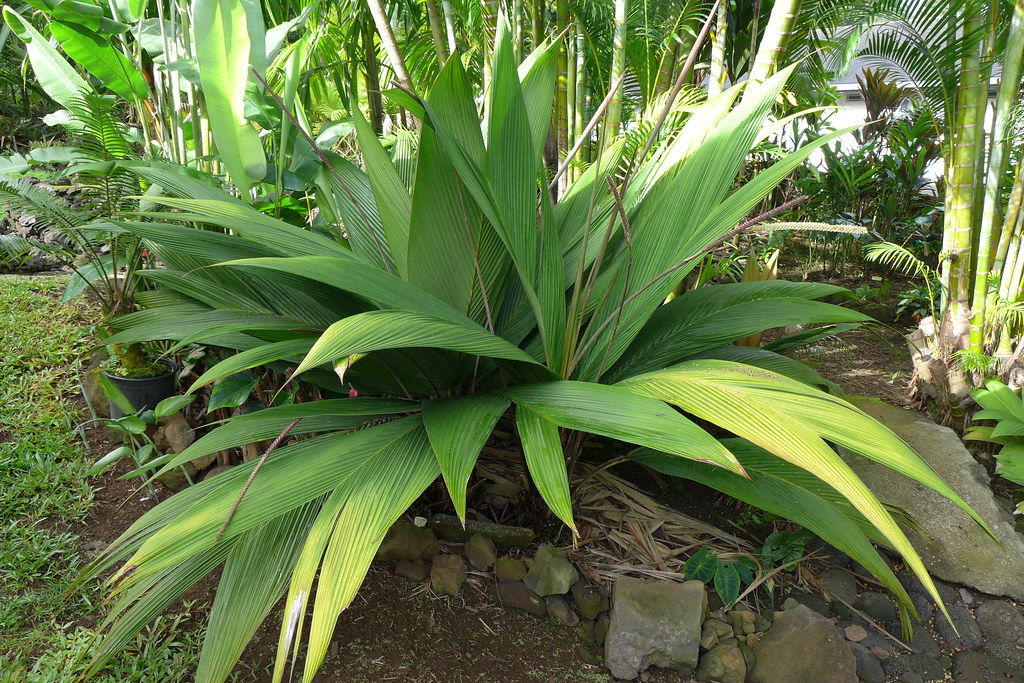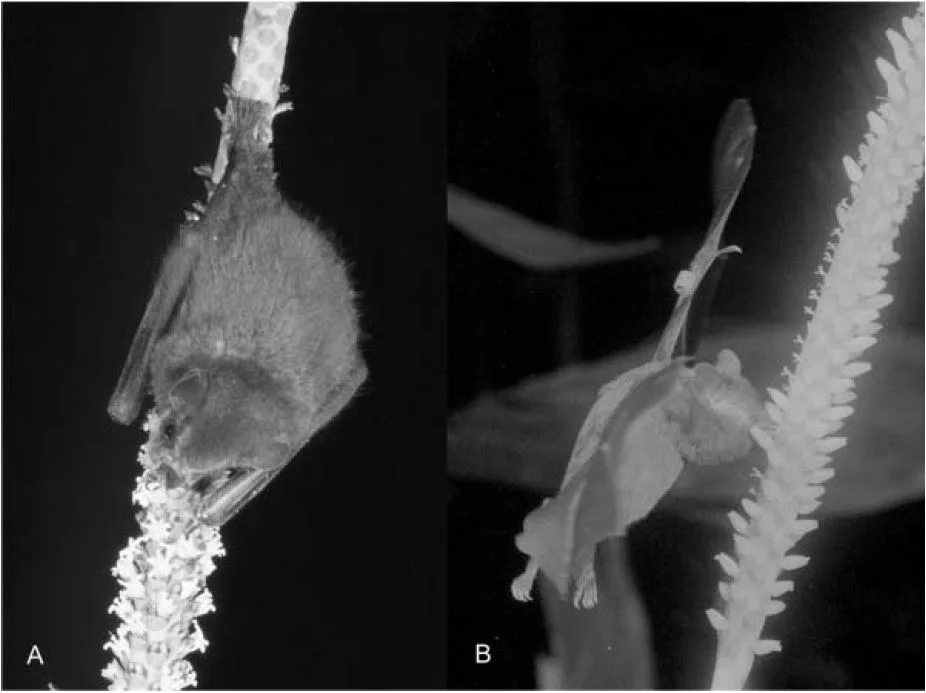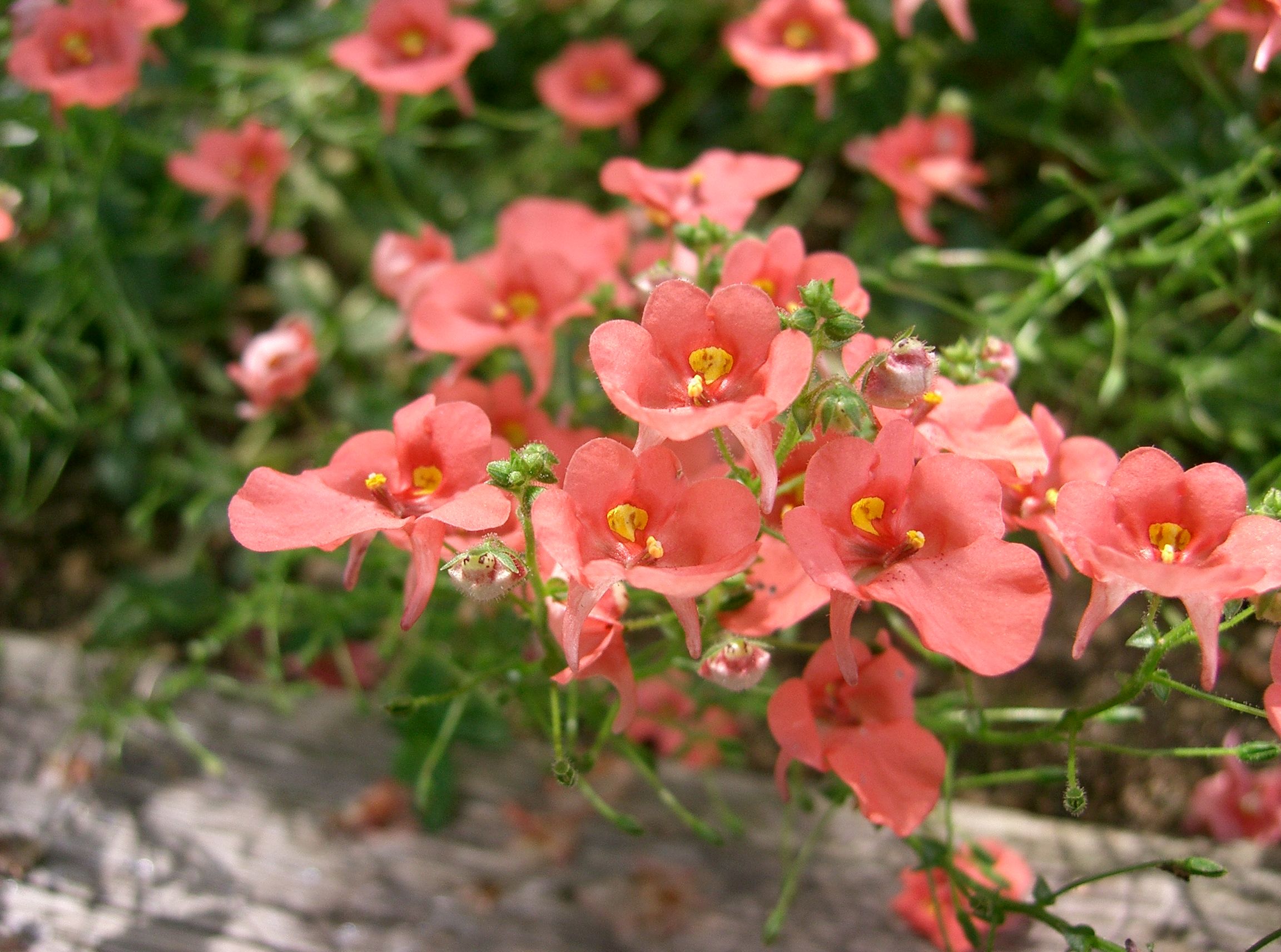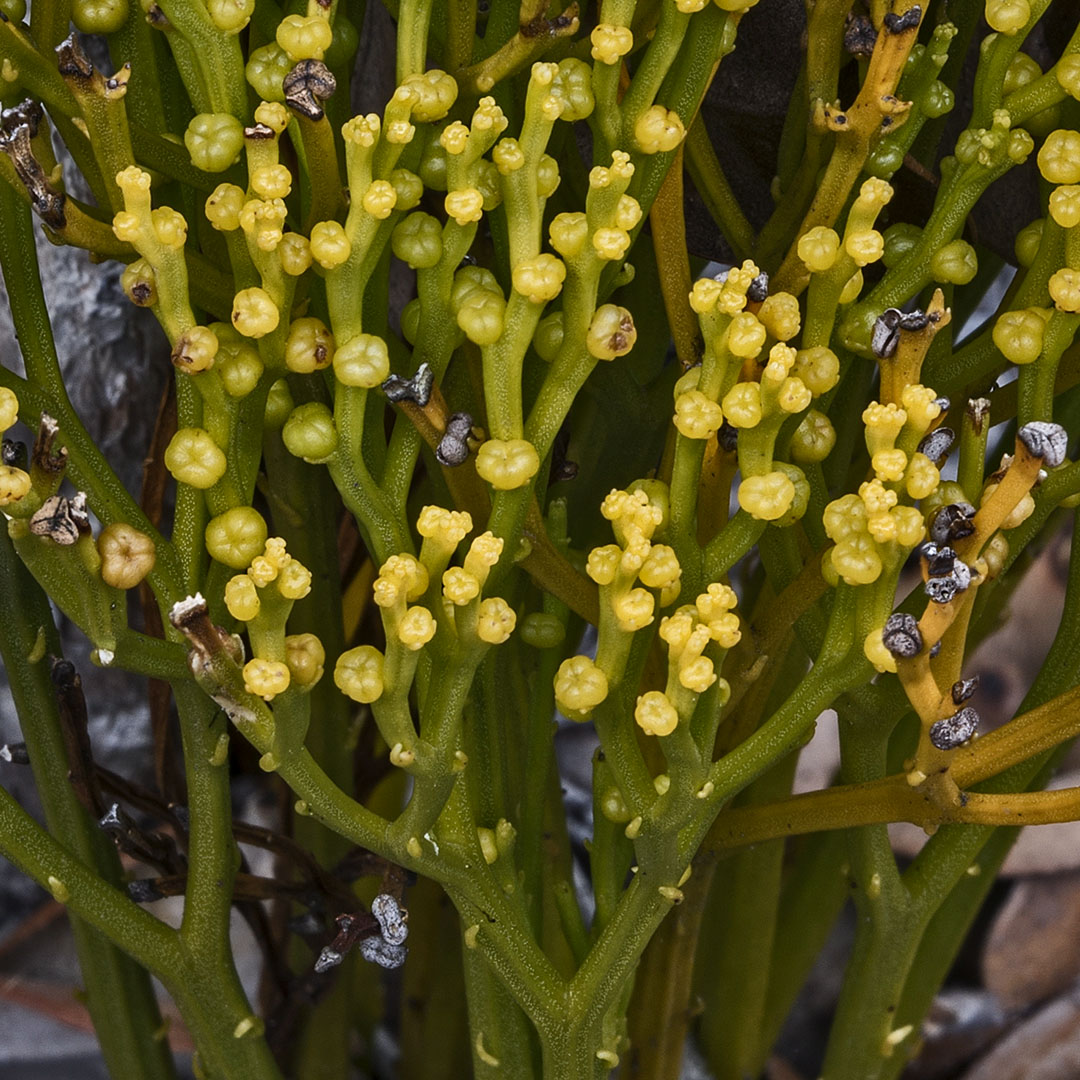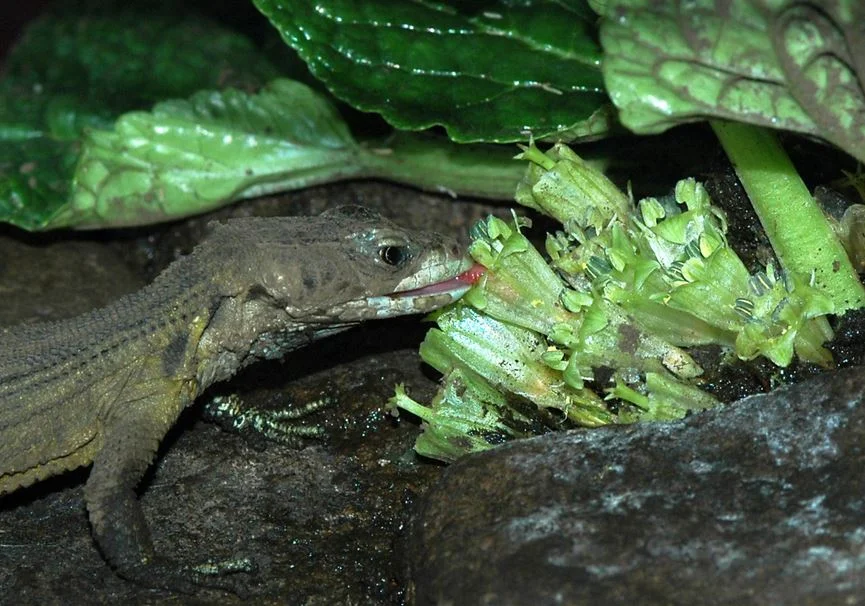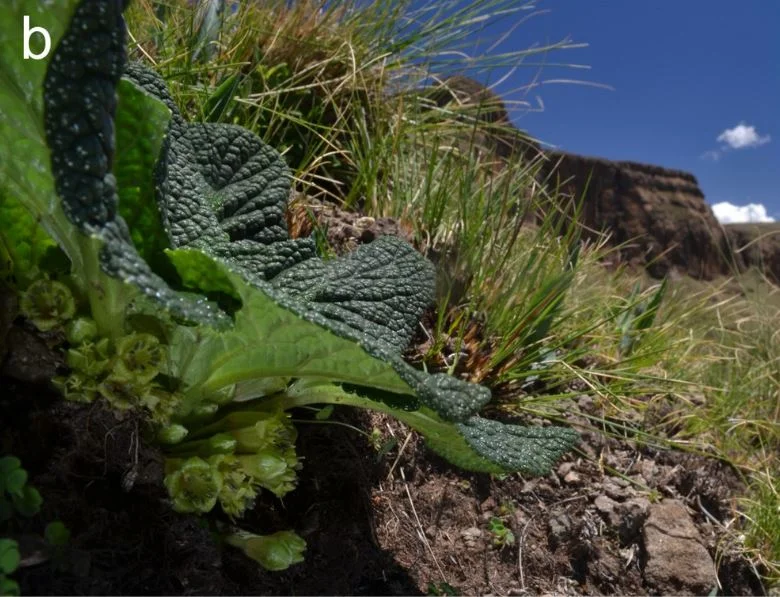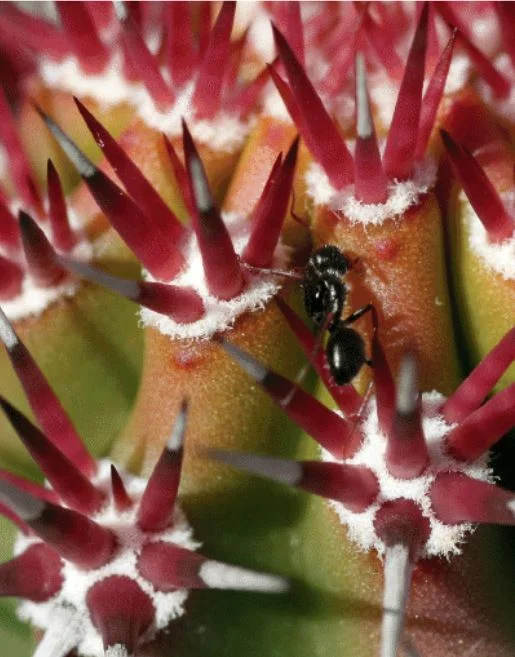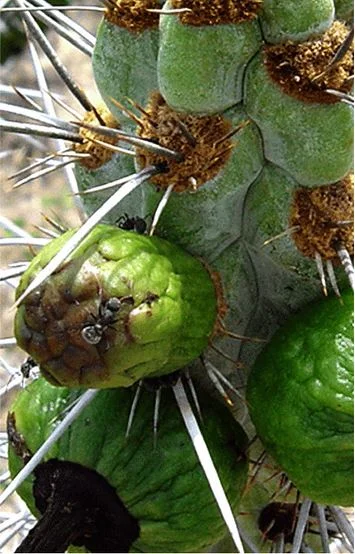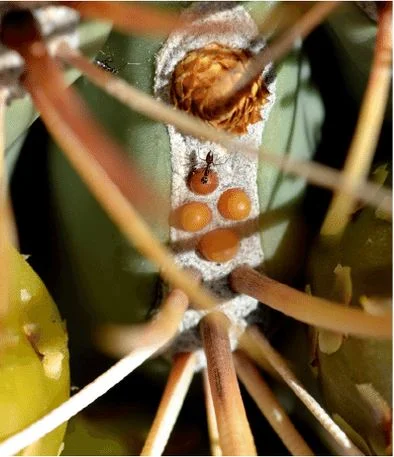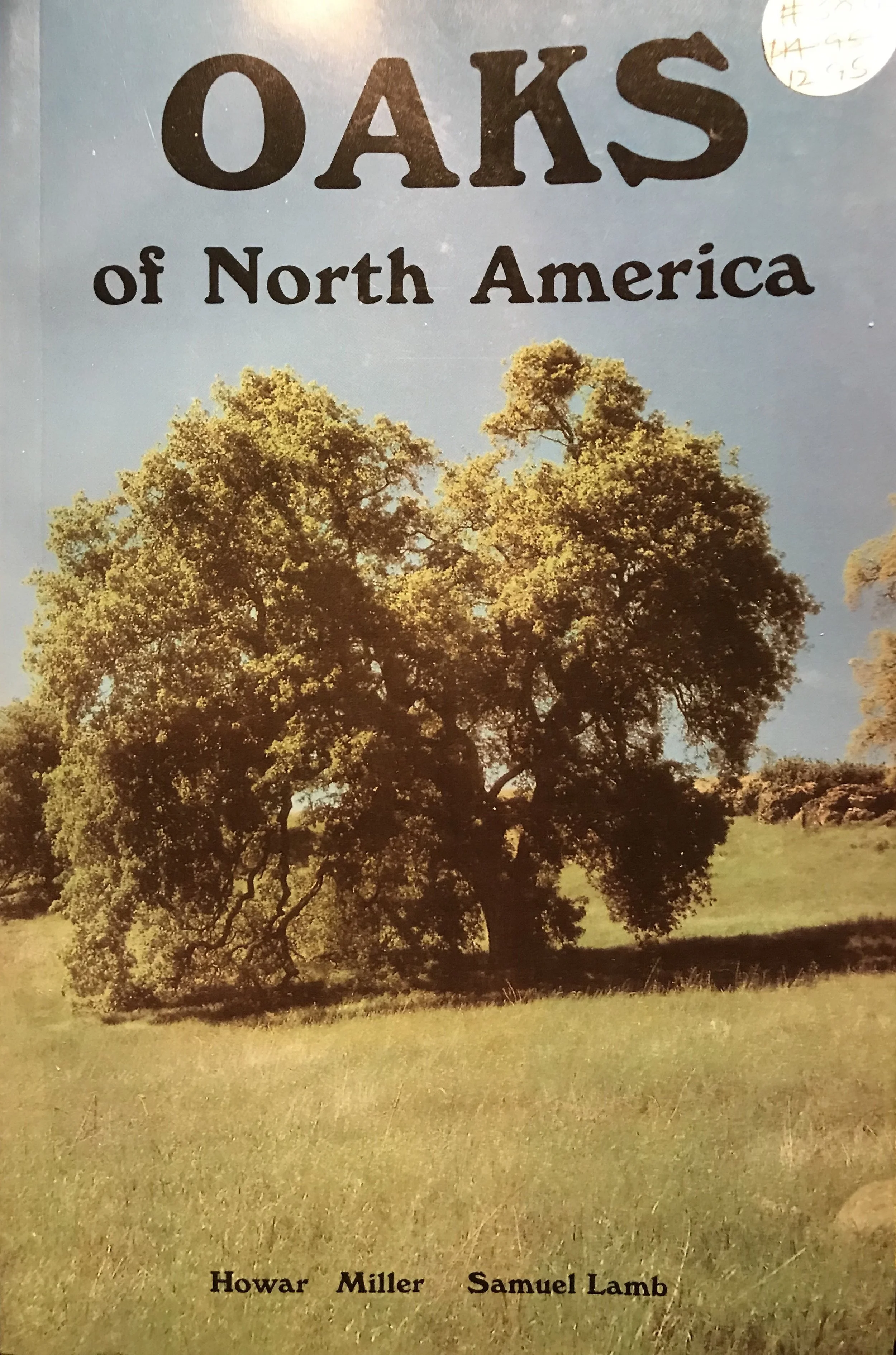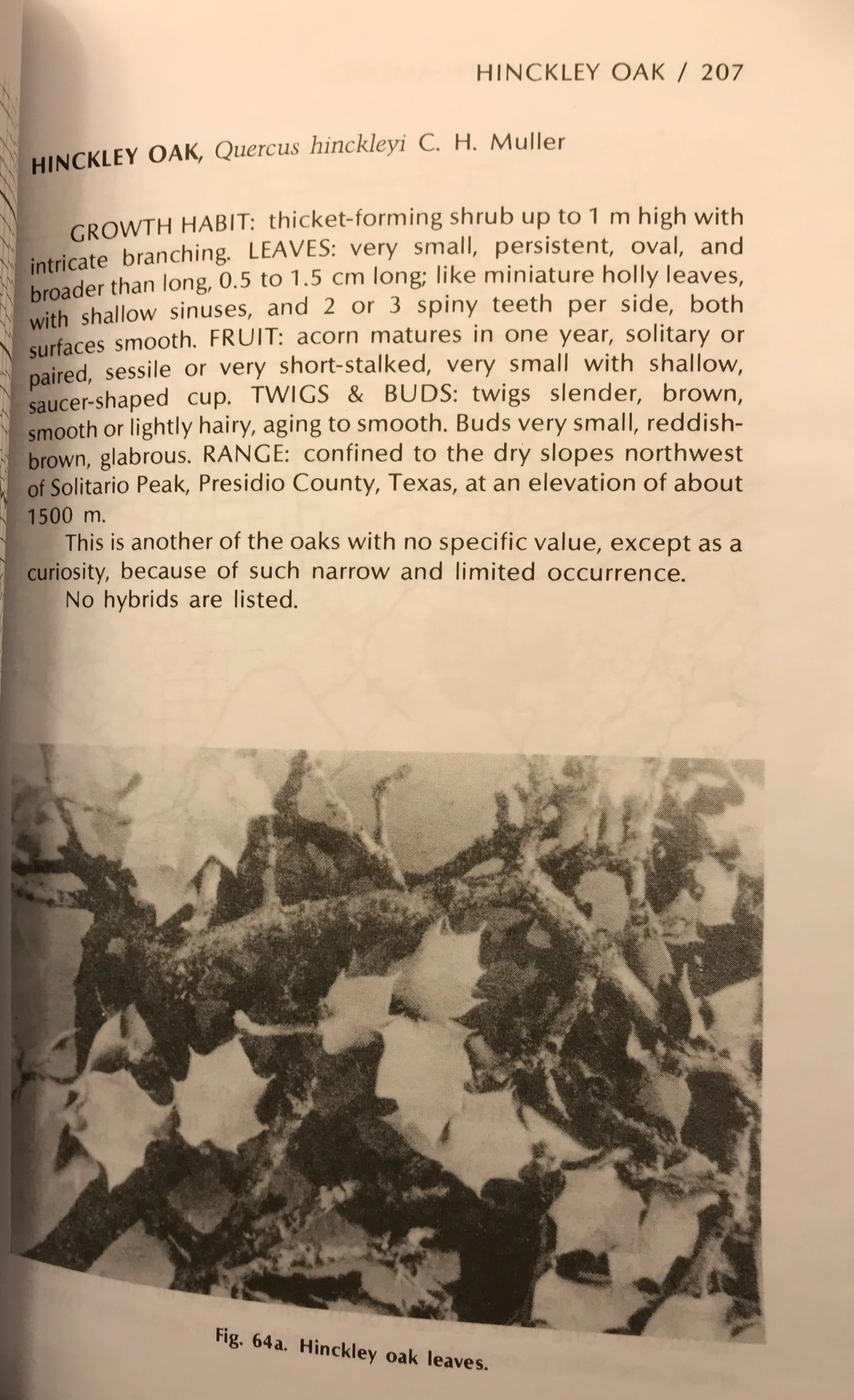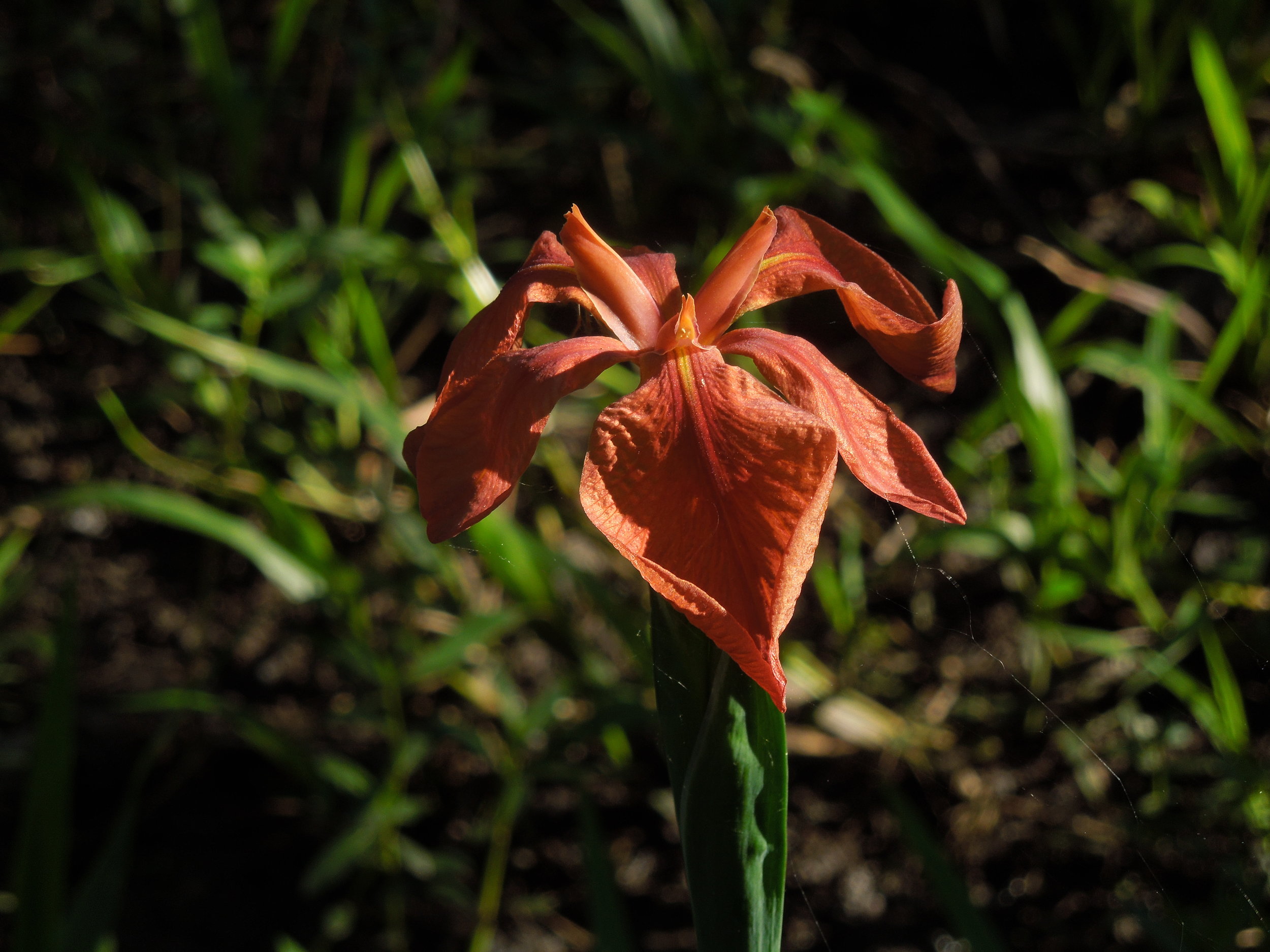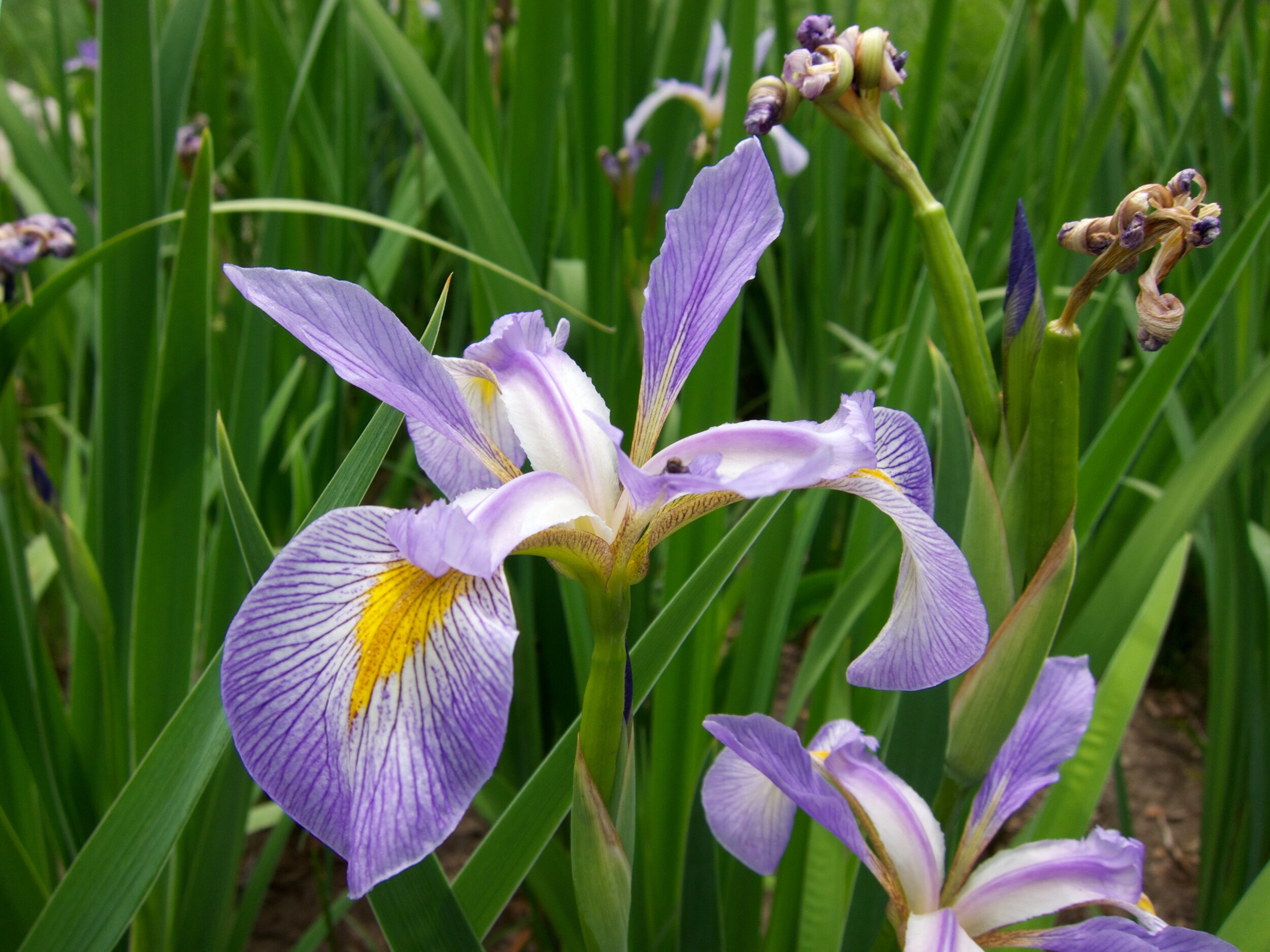Passionflowers barely need an introduction. Who hasn't marveled at the beautiful splendor of their intricate blossoms. Thought largely tropical in their distribution, there are a couple members of the genus Passiflora that have tackled temperate North America. My favorite of these is small and not nearly as gaudy as its cousins but that is kind of what makes me like it so much. Today, I would like to introduce you to the yellow passionflower (Passiflora lutea).
Did I mention this was a small plant? Whereas it can vine itself over surrounding vegetation very effectively, it is by no means a bulky plant. Even more incredible are its flowers. Anyone familiar with the anatomy of Passiflora flowers will be shocked to see all of that detail miniaturized into a yellow-green bloom about the size of your thumbnail. You must be quick to catch these in flower as they themselves are only open for about a day.
As I mentioned above, Passiflora don't come any hardier than the yellow passionflower (except maybe P. incarnata). With a range that extends as far north as Pennsylvania, this lovely little vine can handle winter temperatures as low as −30 °C (-22 °F)! This has earned it the designation of the northernmost species of Passiflora. Even then, I have heard reports of people growing this hardy little plant farther north in Canada.
Pollination for this species works in much the same way as it does for the genus as a whole. The flowers require an insect large enough to contact the peculiar arrangement of anthers and stigmas. The strange yet beautiful filaments that ring the center of the bloom are collectively referred to as the corona and it is believed that these guide insects to the nectar and thus into perfect position for pollination.
By far the most peculiar aspect of this plant is the relationship it has formed in part of its range with a tiny bee aptly named the passionflower bee (Anthemurgus passiflorae). Native from central Texas to North Carolina and north to Illinois, this tiny black bee is the only member of its genus. What's more, it absolutely requires the yellow passionflower for its reproduction. It feeds its larvae solely on pollen from the yellow passionflower. If that wasn't strange enough, despite its highly specific foraging habits, the diminutive size of the bee has led experts to believe that the passionflower bee contributes very little in the way of pollination for the plant.
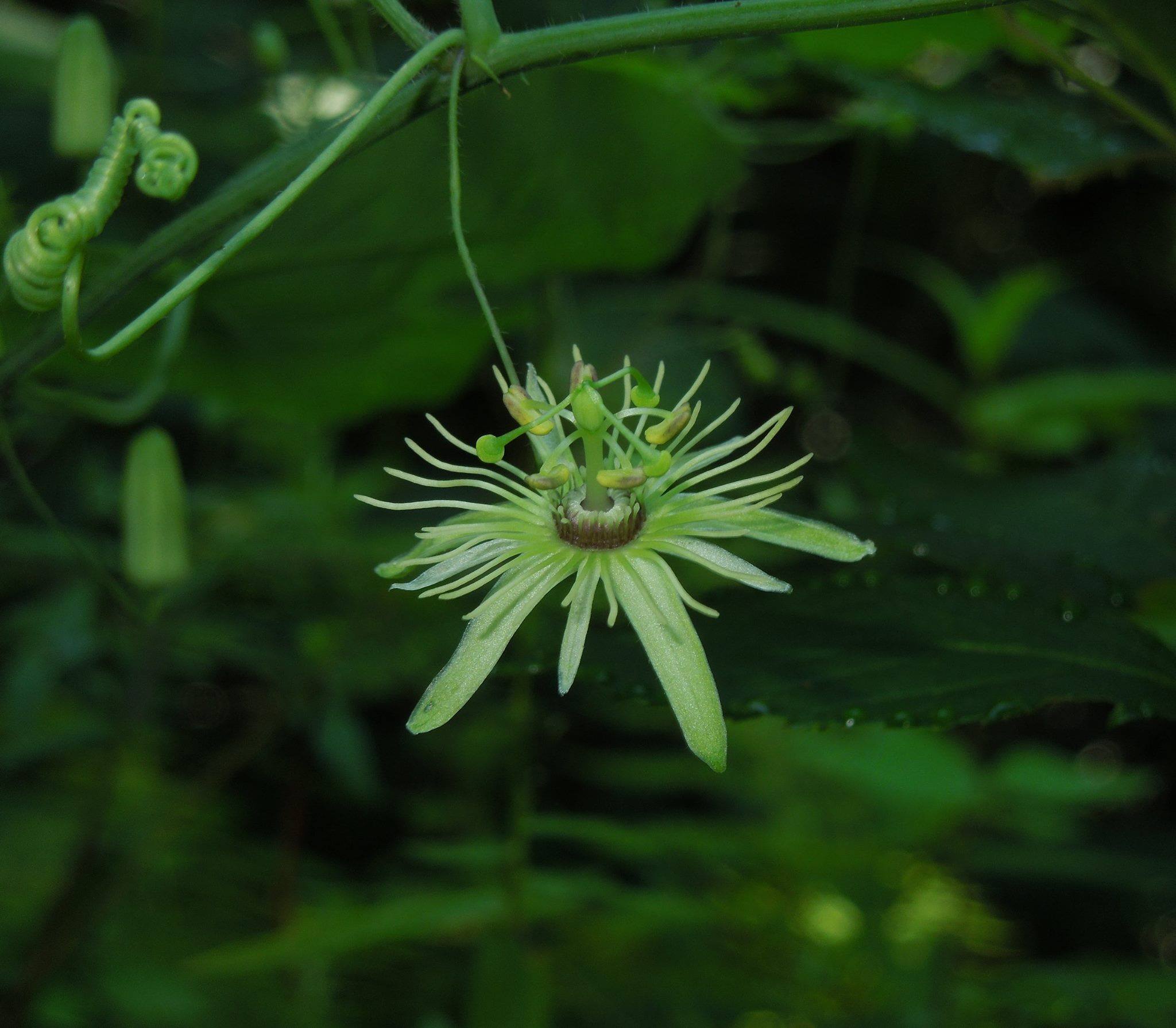
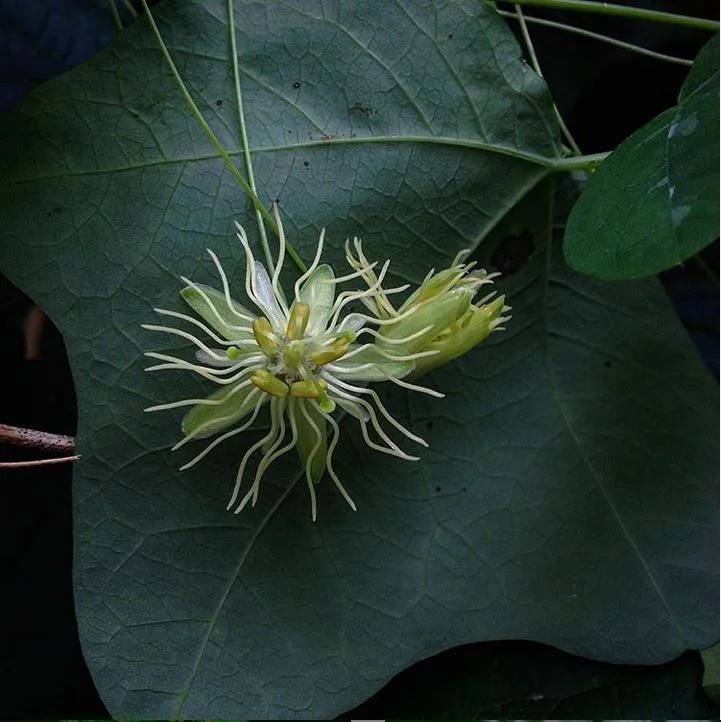
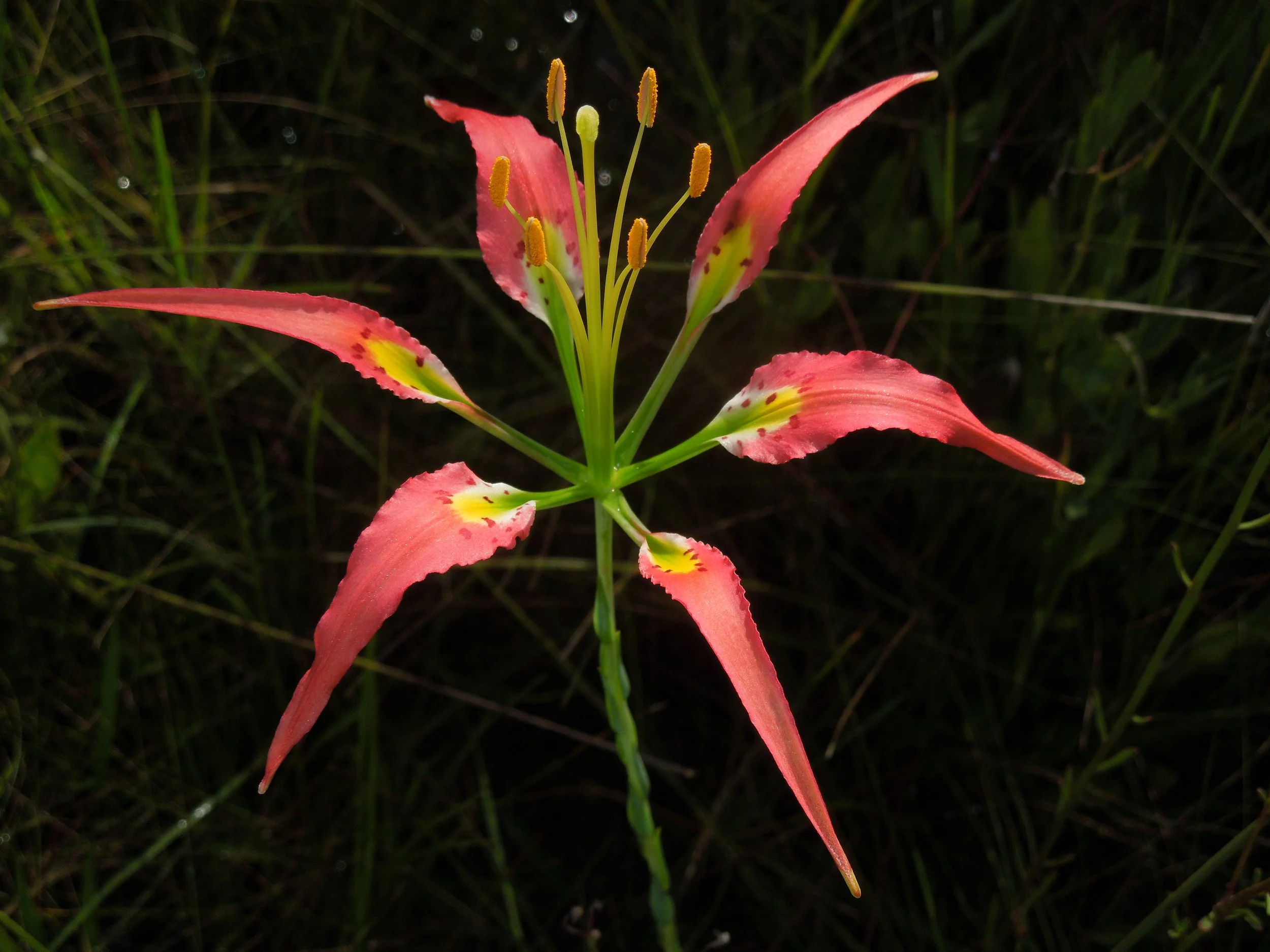
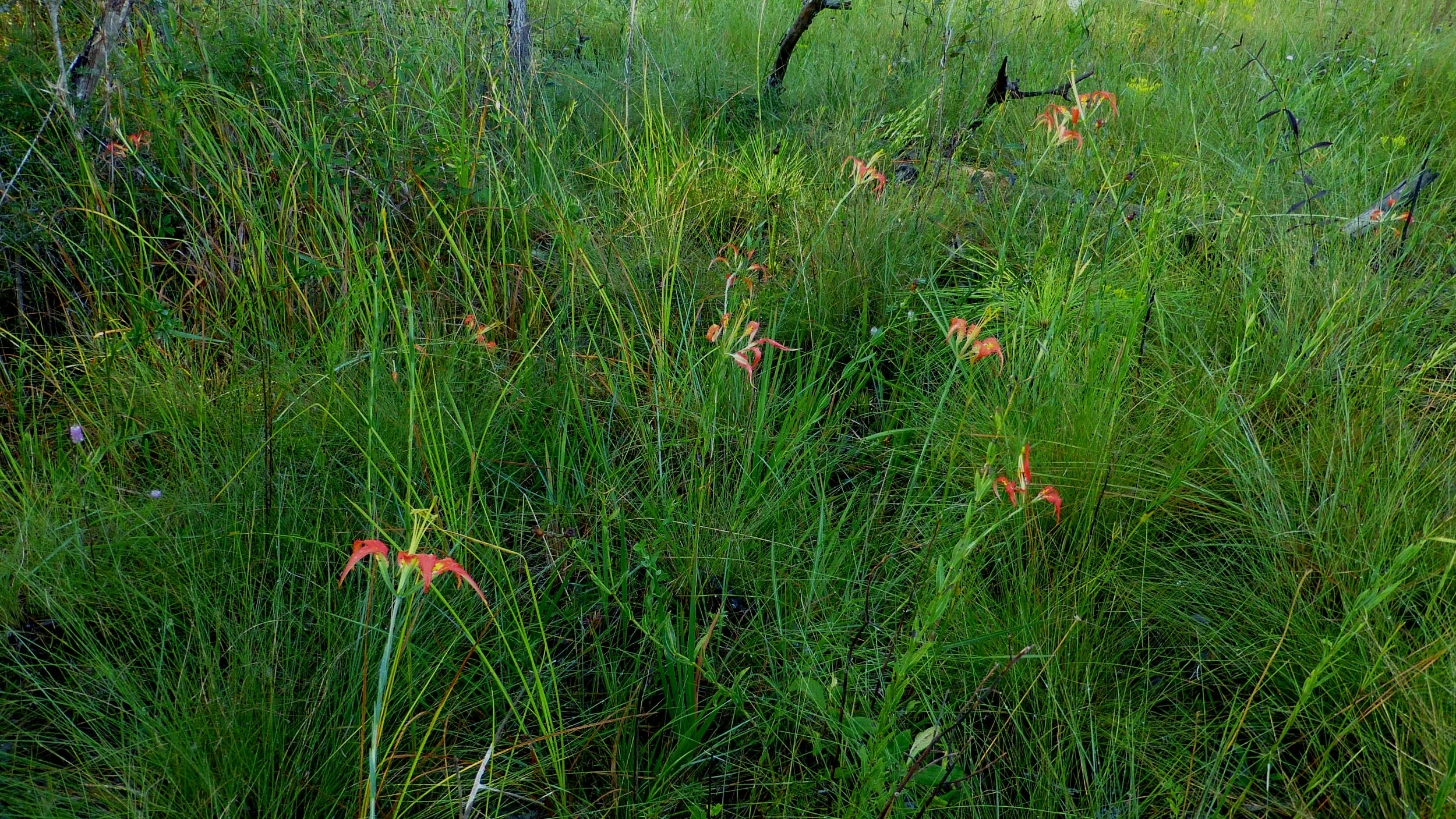





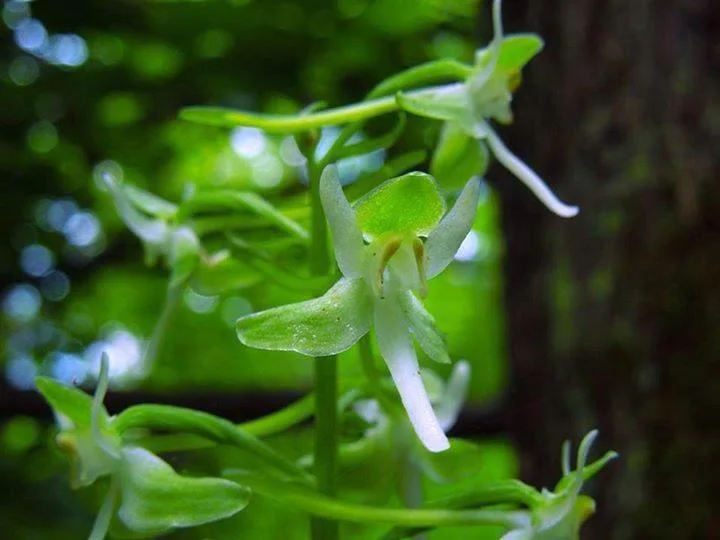


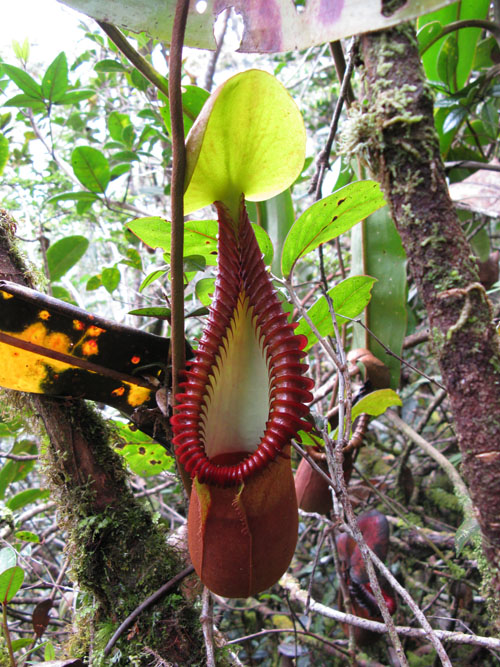

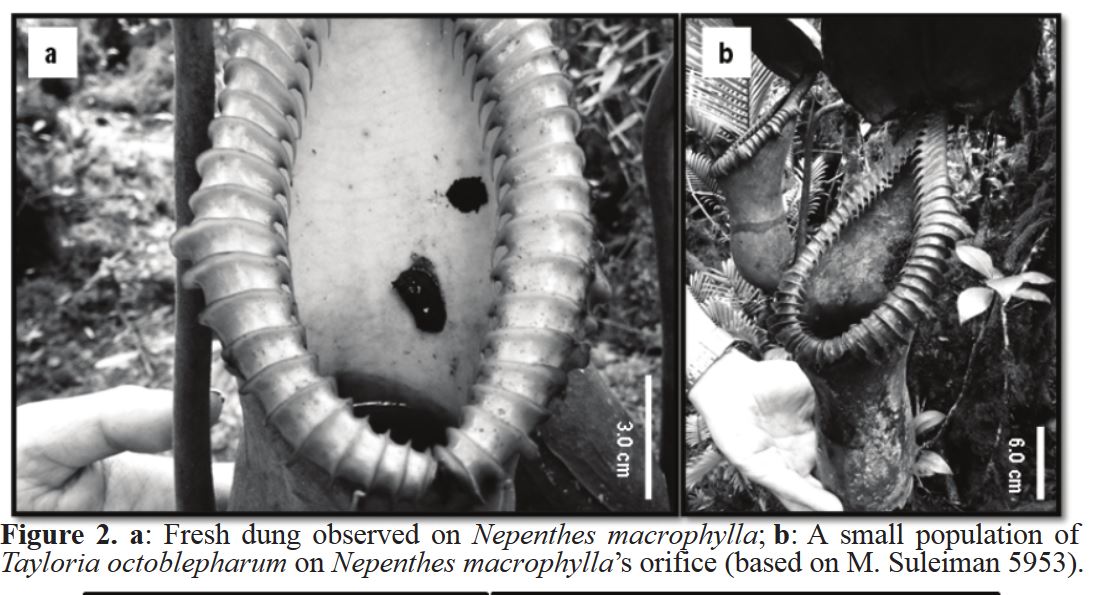
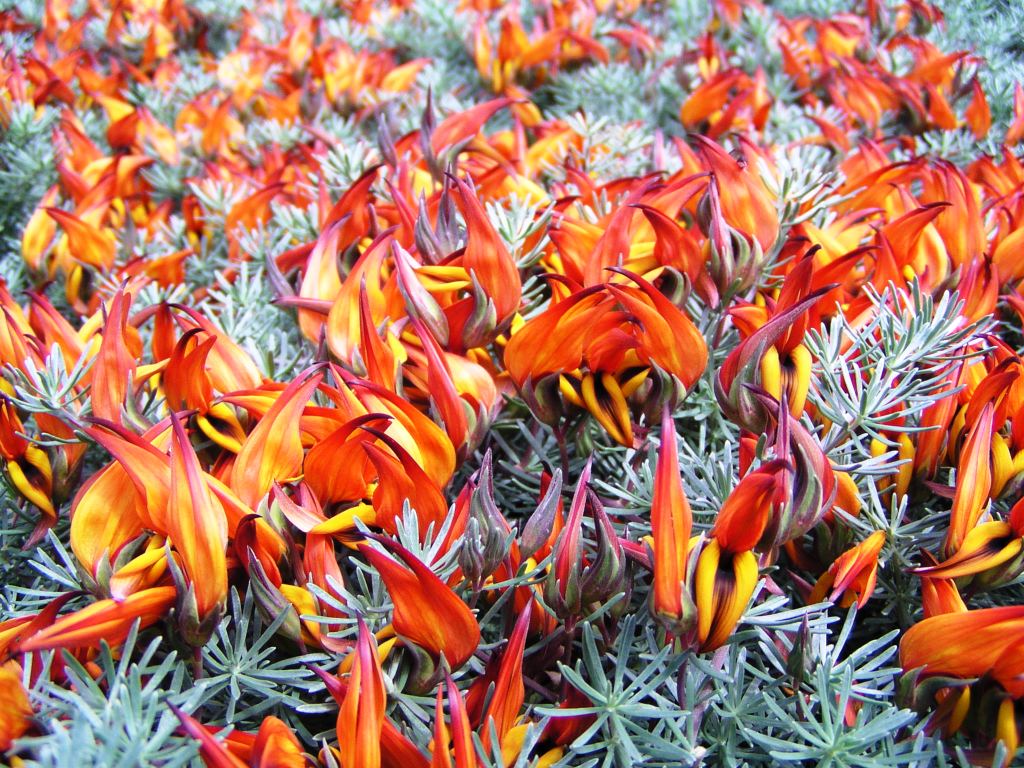

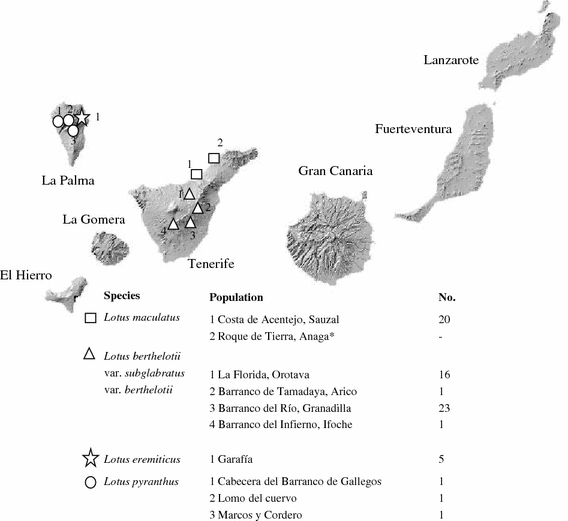

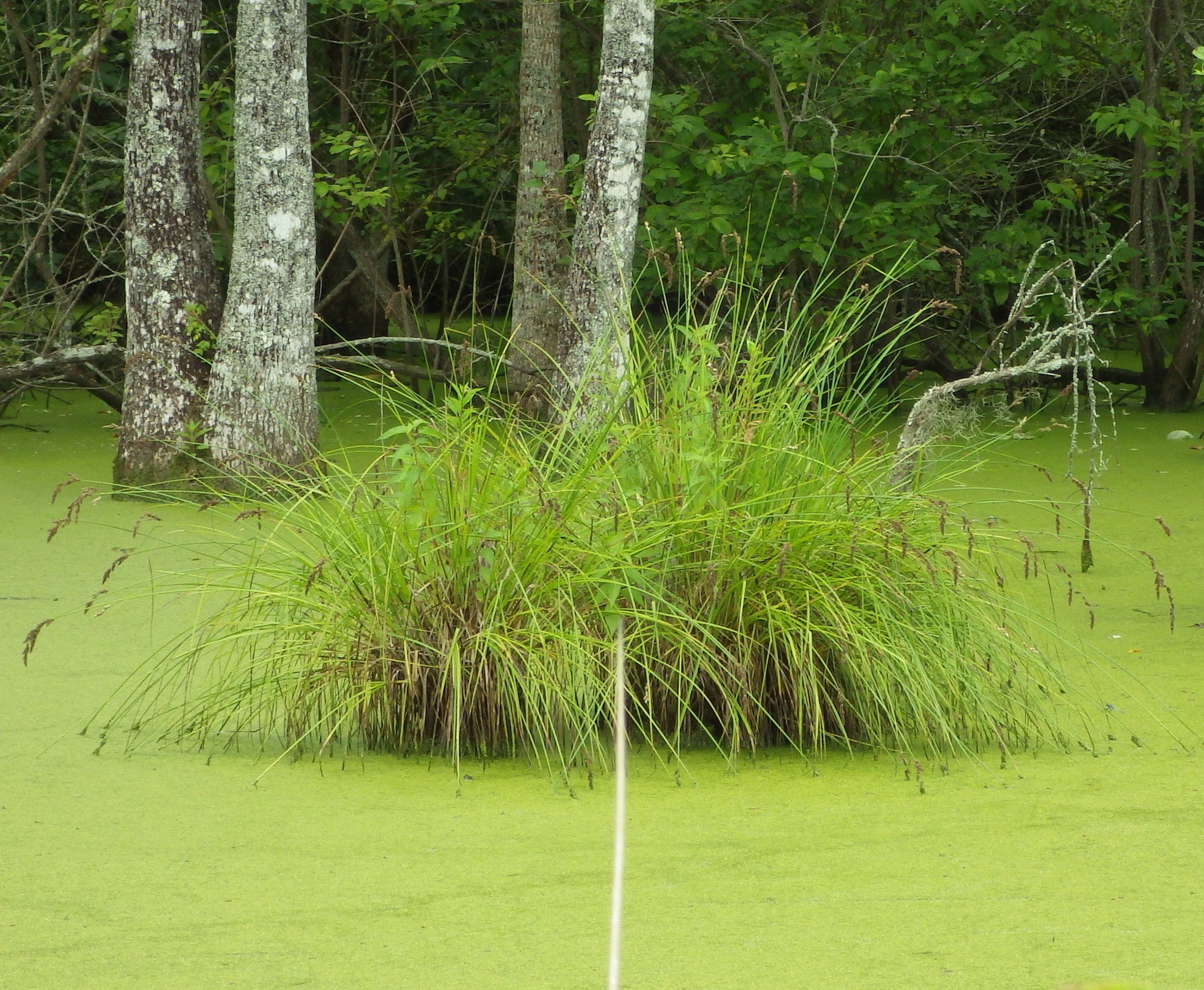

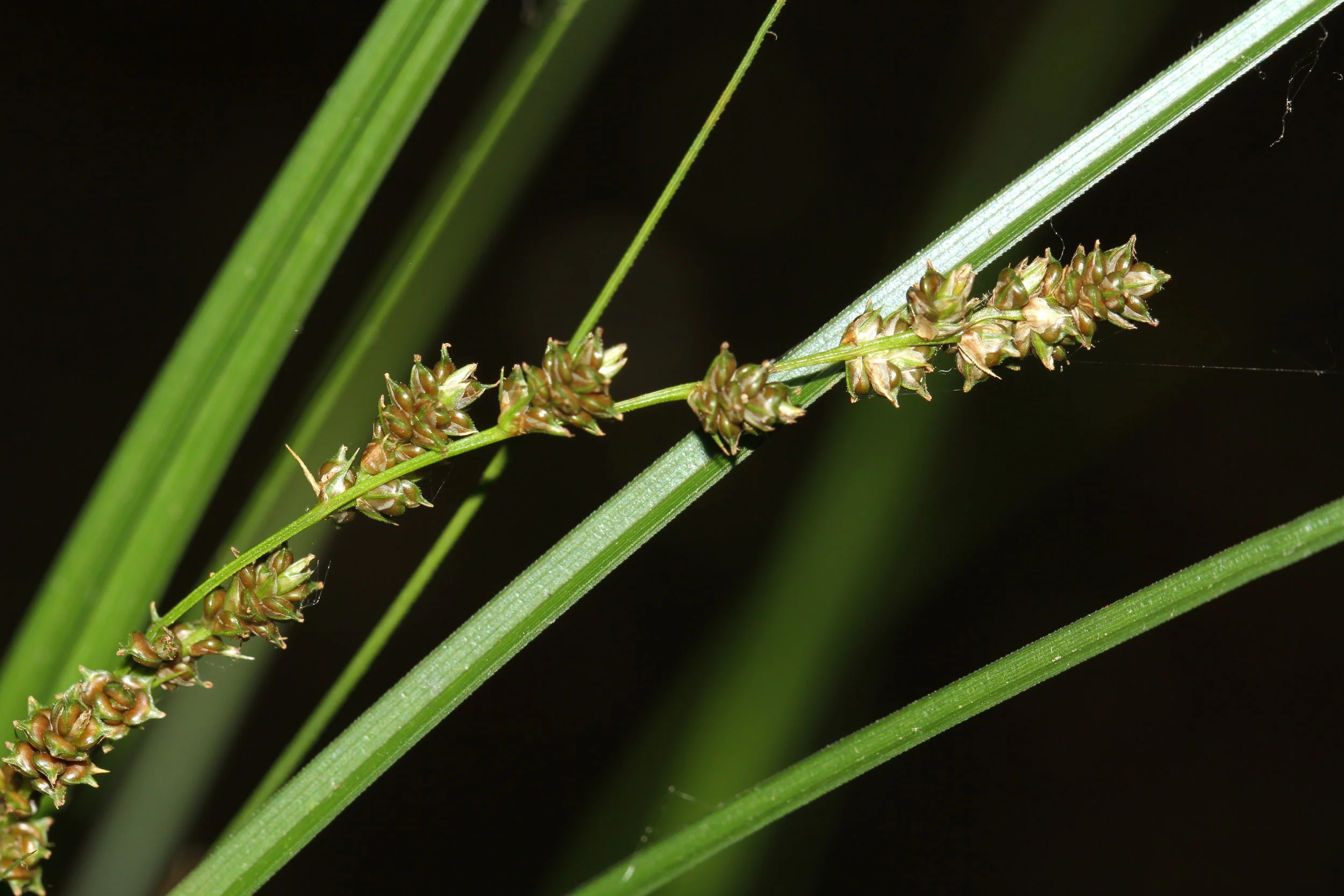
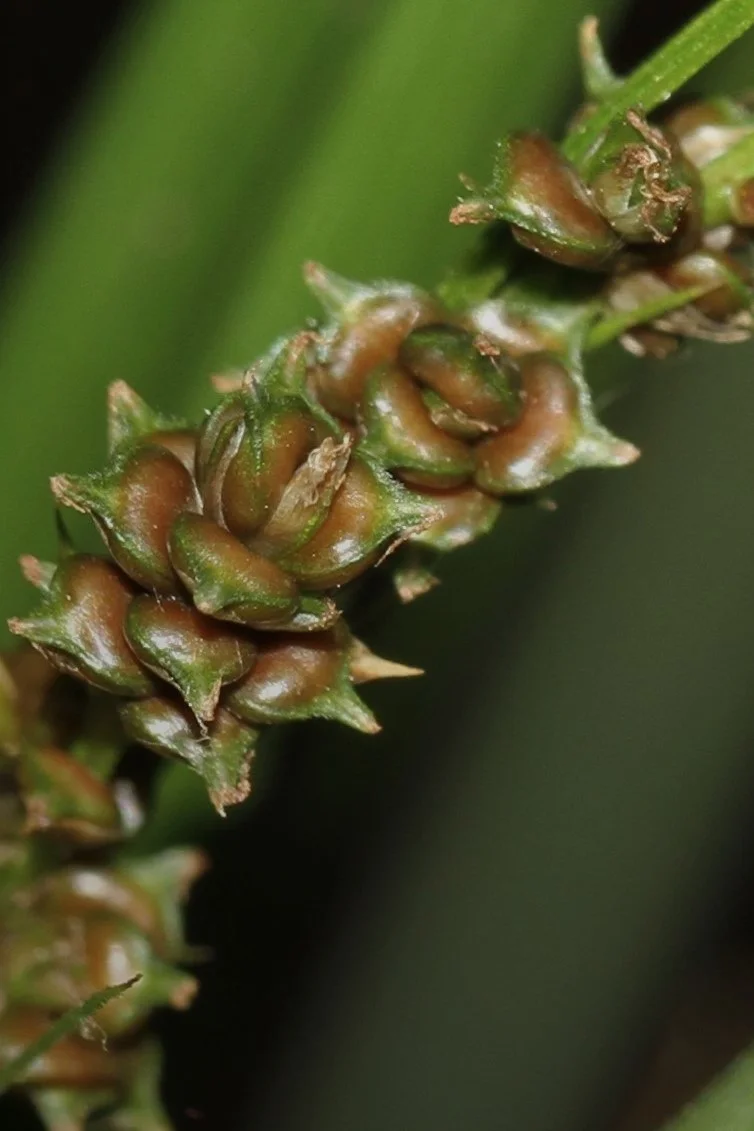








![Anatomy of a mouse plant inflorescence [SOURCE]](https://images.squarespace-cdn.com/content/v1/544591e6e4b0135285aeb5b6/1557945730300-PS22LHE82GUKE9OWKEJA/mouse+cross.JPG)


